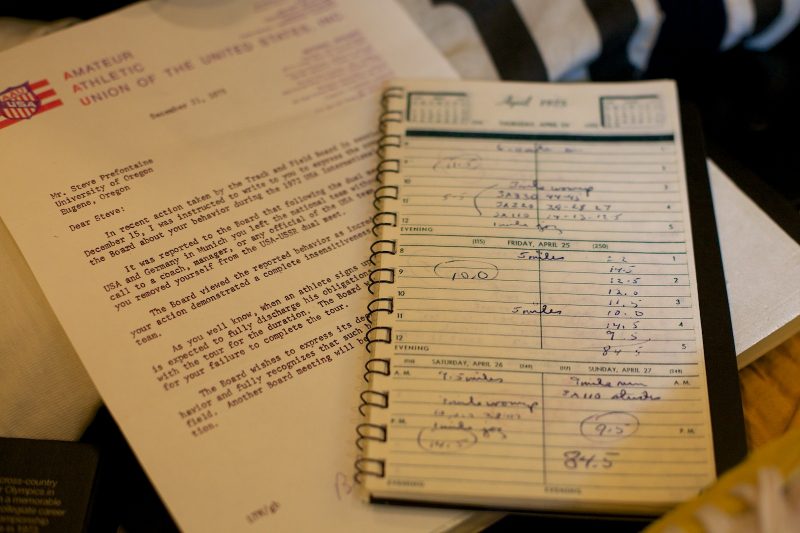Why every runner should keep a training log
Logging your workouts and writing a bit about each one can be a great way to gain confidence heading into big races

Most runners have set training plans as they work through the season and toward specific goals and races. It can be easy to always look ahead at what’s on your schedule today and tomorrow, but sometimes it can be beneficial to look back on the training you’ve done and the work you’ve put in to get to a race. Keeping a training diary and logging details about your workouts can give you a boost of confidence whenever you’re lacking motivation. Here are a few tips for keeping a training log, and reasons why you should do it.

Remembering the good
Everyone knows how great it feels to really crush a workout. Unfortunately, runners tend to have short memories, and not long after a great run, you can forget all about your triumph from a few days before. Taking notes on how you felt and reminding yourself of the times you ran can give you a big shot of confidence when you re-read your diary before a big race.
RELATED: Analyze your training logs to become a better runner
Embracing the bad
Bad workouts suck, and while it would be nice to just forget about them as soon as they’re finished, they can help you down the road. If you trudged through a long run at a snail’s pace or bonked mid-workout but managed to push through, you can improve your mental game by looking back on those bad times. You went to the bottom of the well in training and survived, so you know you’re capable of doing it again on race day.

Take note of what’s worked and what hasn’t
You should practise nutrition and hydration plans in training so you don’t have any mishaps on race day, so it’s a good idea to keep track of what works for you and what doesn’t . Then, when you’re preparing for your race, you can get a reminder from your past self and plan accordingly.

Entries can be short
You don’t have to write a long, in-depth entry for every workout, but be sure to include some details so that when you re-read each log, you’ll have an easier time remembering how it felt on the day. Details could include temperature/weather conditions, clothing choices, how you felt, who you ran into (or ran with, if applicable), you average pace, any troubling aches or pains you may have experienced and your splits.
RELATED: Eliud Kipchoge’s isolation video diary
Lots of options
You can record details of your training in workout tracking apps, you can write in a document on your computer or you can go the old-fashioned route and write handwritten notes. You can even make voice recordings after each workout and add them to one big audio file that you can listen to as you drive to and warm up for a big race. With so many options, there’s no reason not to keep a training diary.


